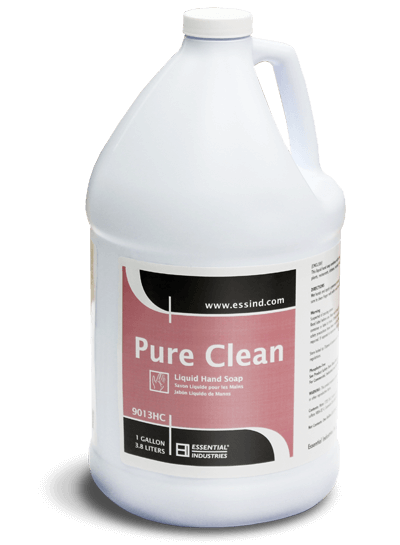


It was a similar case on Friday in Half-Way Tree, St Andrew, another major Corporate Area shopping district. The instructions were firm, however: no spray, no entrance. Most of the bottles were unlabelled and their handlers, at least those who would answer, were not sure of the contents they were spraying. Sign up for The Gleaner’s morning and evening newsletters.Īs is now widely practised, most of the stores had an employee stationed at the entrance to apply an alcohol-based solution to the hands of potential customers wishing to enter. That is what is necessary,” she said, when further questioned. Most managers were unavailable for interviews, and in one instance, when asked why an unapproved product was being sold, the store manager insisted that the sanitiser met the alcohol threshold of 62 per cent. The sanitisers shown by nine of the stores – some long-established trading centres – were not on the approved list published by the National Compliance and Regulatory Authority (NCRA) on September 10. Last Thursday, a Sunday Gleaner team visited 10 retail operators in downtown Kingston, the main commercial district in the island, enquiring about the sale of sanitisers by each. These claims of purity present pure tobacco as safe, and distract consumers from what should be the real concern: tobacco in its purest form is deadly.A Sunday Gleaner probe in downtown Kingston, Half-Way Tree in St Andrew and May Pen in Clarendon has found that a flood of unapproved hand sanitisers are on shelves for sale to unsuspecting members of the public, who could be putting themselves in danger as the use of these products increases as the island battles the coronavirus pandemic. Fleetwood cigarettes advertised “a cleaner, finer smoke.” One Fleetwood ad from 1943 depicts a kitten licking its paw above the caption, “Every puff of Fleetwood smoke Cleans Itself!” In the 1960s, Parliament ads reached out to women with the slogan, “if you like things neat and clean, you’ll like Parliament,” referring to the smoke filtered through Parliament’s recessed, hi/fi filter. Later, after the introduction of the “health scare” and the influx of filter cigarettes on the market, many tobacco brands began describing the smoke inhaled through their filters as “pure” or “clean.” In 1959, for example, King Sano boasted “America’s purest tobacco taste.” (King Sano’s name alone harkens back to the Chesterfield ads of the 1930s and their preoccupation with sanitation.) Other filter brands also hopped on the pure and clean bandwagon. It is interesting to note that recently, the health focus has again shifted toward additive-free cigarettes, as is the case with Natural American Spirit. More purity!” a number of ads exclaim.Īlso in the early 1930s, Old Gold used the slogan “Pure tobacco… no artificial flavors” as a method for claiming less throat irritation. Another ad hones in on the paper-making process, and includes an illustration and an explanation of how Chesterfield’s paper is made: “the linen pulp of the flax plant is washed over and over again in water as pure as a mountain stream.” In addition, Chesterfield claims that “every ingredient” in its cigarettes and “every method” used in their manufacture is checked by scientists “Even the factory air is washed, and changed every 4 ½ minutes. It claimed that the paper wrapped around Chesterfield tobaccos is “so pure it burns without any taste or odor,” and cites a “highly scientific process” which allows Chesterfield to reach “a state of purity unmatched” by other cigarette brands. One of these ads claims that Chesterfield cigarettes are “scientifically purer” in every way. In the early 1930s, Chesterfield began advertising its cigarettes as “PURE,” touting the “cleanest ‘bill of health’ any cigarette could rate.” Ad copy compared Chesterfield cigarettes to “pure food, pure milk, pure water,” thereby aligning cigarettes with these everyday necessities for living and for maintaining health. Later, after the “health scare,” purity referred to how “clean” a cigarette’s smoke could become after filtration. In the 1930s, the question of purity was more about sanitation during production and manufacture, as was the case for Chesterfields, or about additives in tobacco, as was the case for Old Golds. Tobacco companies have claimed that their cigarettes are “pure” or “clean” for decades.


 0 kommentar(er)
0 kommentar(er)
